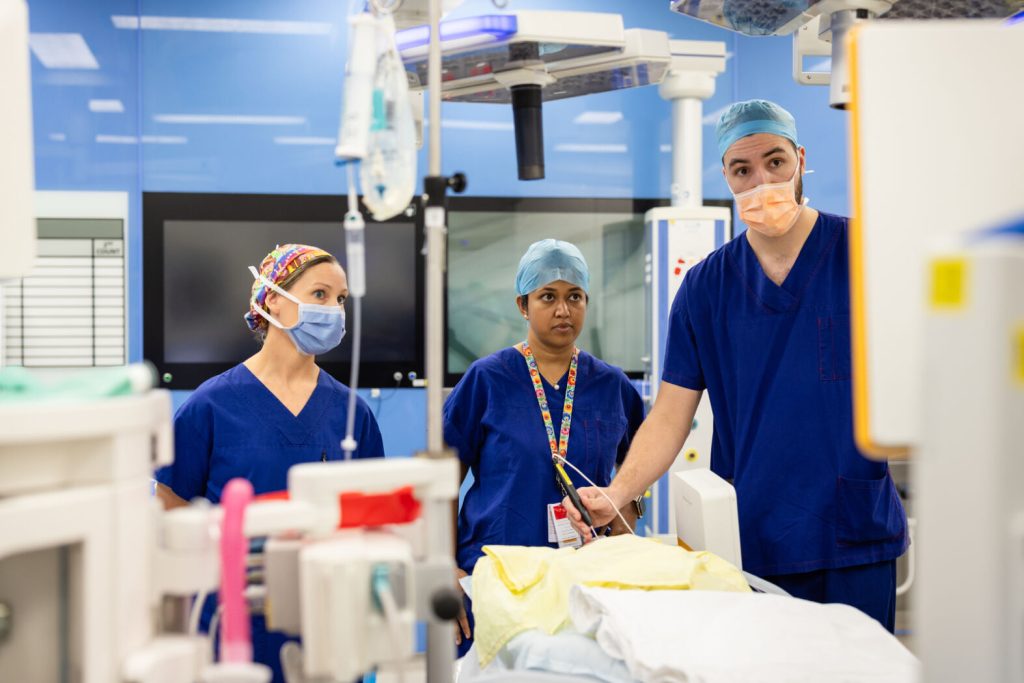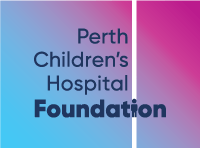
The face-mapping technology making neurosurgery safer, more accurate.
- Perth Children's Hospital Foundation
The face-mapping technology making neurosurgery safer, more accurate.
- Perth Children's Hospital Foundation
Electromagnetic navigation software provides real-time guidance for surgeons at PCH operating on kids aged 2 years and under.
New electromagnetic (EM) navigation technology is providing real-time guidance to surgeons at PCH during neurosurgery, helping to make operations safer and more accurate.
Funded by PCHF thanks to Euroz Hartleys Foundation, the best-practice EM navigation software is used during cranial surgical procedures in kids aged two years and under.
Some of the most common procedures utilising the navigation software include endoscopic brain surgery, removal of brain tumours, insertion of shunts and the treatment of brain abscesses and epilepsy.
Dr Snigdha Saha, a Neurosurgeon at Perth Children’s Hospital said: “The EM navigation software allows us to use best practice, face-mapping technology. “This not only makes surgery more accurate, but it also helps to prevent complications and reduces the risk of repeat surgery.”
One of the first times the new EM navigation software was used at PCH was during a successful operation on a toddler with hydrocephalus, a condition caused by a build-up of cerebrospinal fluid in the brain, with common symptoms including headache, nausea, vomiting and seizures.
Dr Saha said: “Usually fluid produced in the brain serves to cushion both the brain and spinal cord and is then absorbed back into the body. If it isn’t absorbed and begins to build up, it can become life-threatening.”
By inserting a shunt (a small tube) into the brain during surgery, built-up fluid can be moved to a different part of the body, relieving pressure on the brain. A shunt procedure is one of the most common operations in both kids and adults and can be performed on babies weighing as little as 2kg.
Dr Saha added: “Having access to this technology is critical as the margin for error during cranial neurosurgical procedures is very small, and many of the new generation of neurosurgeons coming through have been trained using cranial navigation and would not be comfortable operating without it.”
Otis’s mum, Jessie, said: “The surgery was a massive success and it’s changed Otis’ life in more positive ways than we could have imagined. These procedures are a lifeline for so many kids, so we’re thankful this technology was made available to us.
“We hope to see technology like this continue to be funded at PCH, so that more of these lifechanging procedures can be supported in future.
“Dr Saha is an absolute gem. We love our neuro team and all of our care team at PCH, they’ve really been like our second family.”
The purchase of the EM navigation software was made possible thanks to WA stockbroking and wealth management firm, Euroz Hartleys, who raised funds for PCHF during their annual Commission for a Cause event earlier this year.

